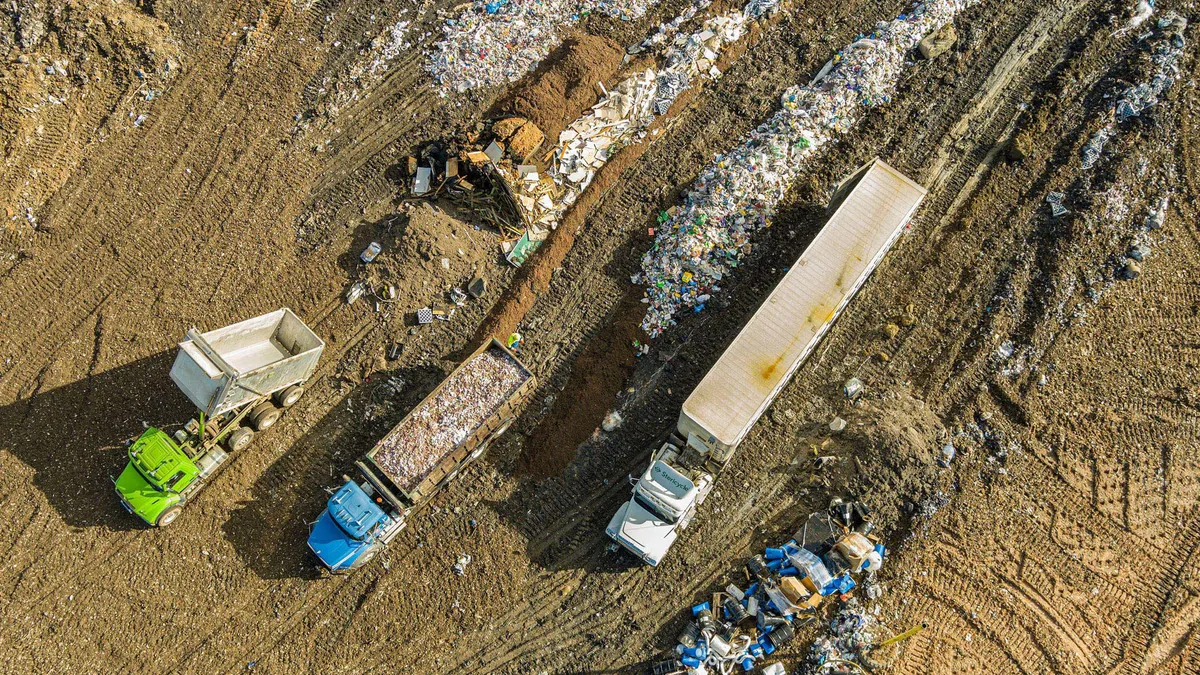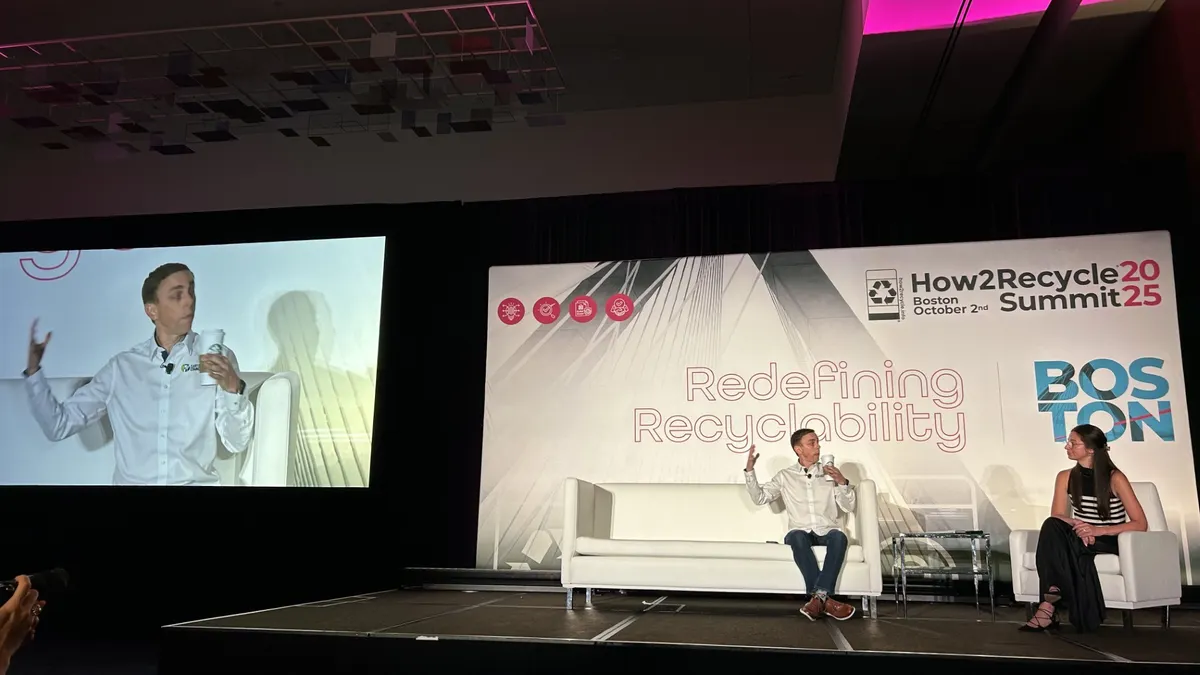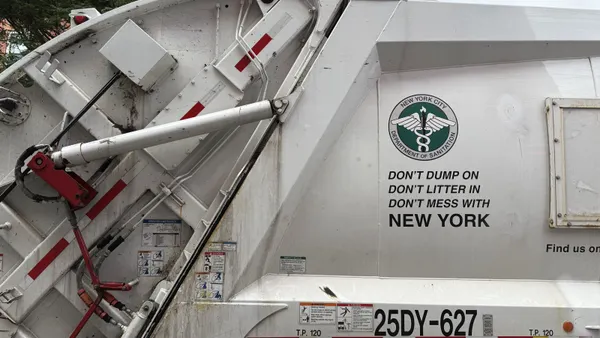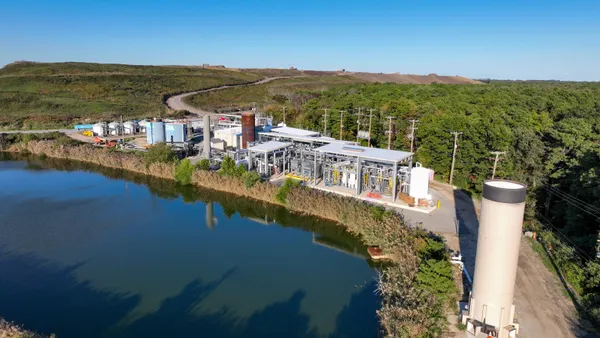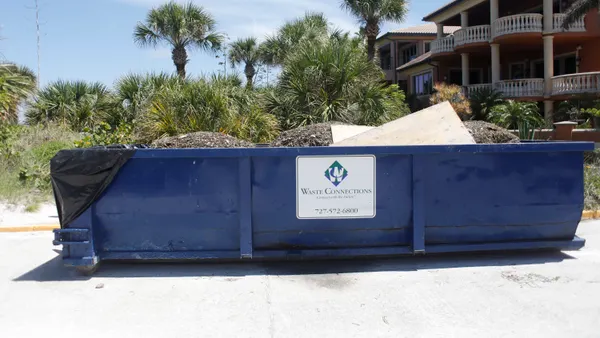Dive summary:
- Radial plume mapping (RPM), developed at the University of Washington uses light to monitor landfill gas emissions, while it is still not at optimal technology, it is gaining rapid popularity.
- The RPM method determines the concentration of a compound such as methane by deploying an optical remote sensing device, which measures different wavelengths of light with the air's components along a path.
- Waste Management in particular has been testing the new technology but using the lights in conjunction with a tower that allows monitoring through a vertical plane downwind from an area of interest.
From the article:
Ram Hashmonay, who originated the technology while a post-doctorate researcher at UW and holds the patents for it, said the method offers more direct and more accurate emissions data with less costly hardware than other methods. The method can be applied to pollution sources such as wastewater treatment plants and industrial facilities as well as landfills, he said; he's deployed it in several countries worldwide — at steel mills, gas stations, even barges moving on the Mississippi River. But the RPM method is not ideal in all situations; it's sometimes best used in conjunction with other monitoring technologies, he said.
"I don't like to look at the advantages of radial plume mapping over other technologies; everything has its place, and you need to put it in the complex puzzle," he said. ...



